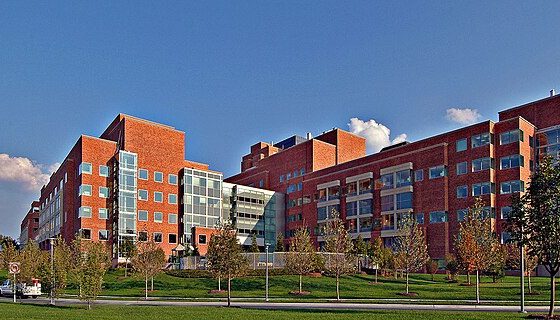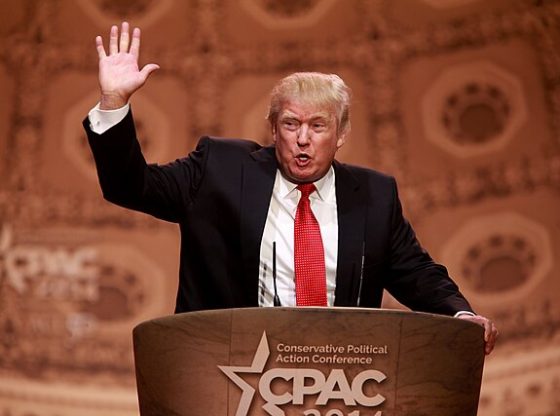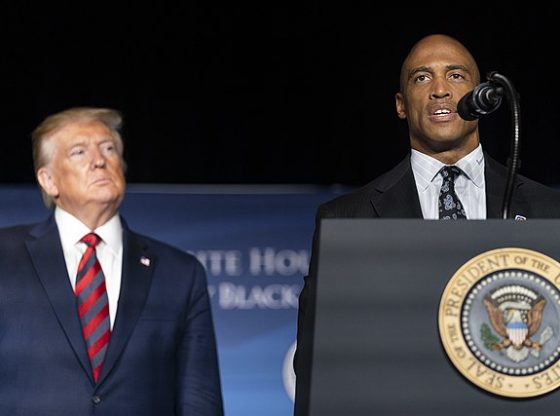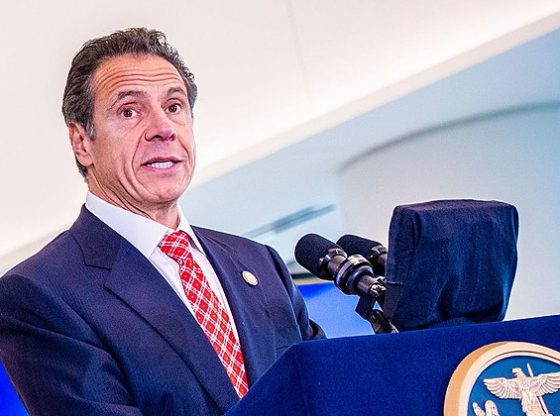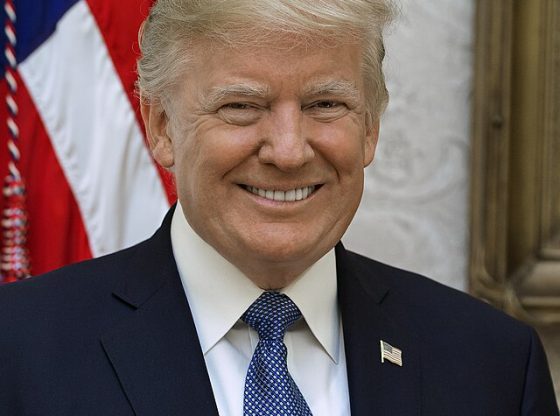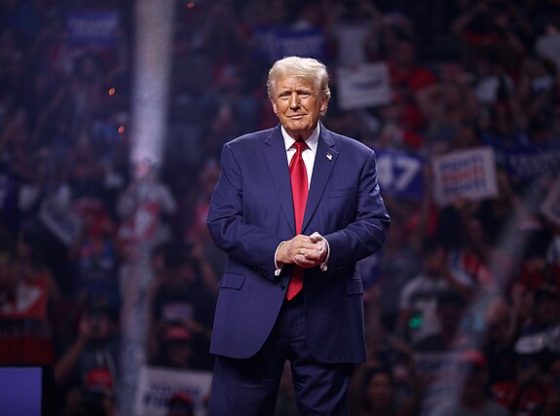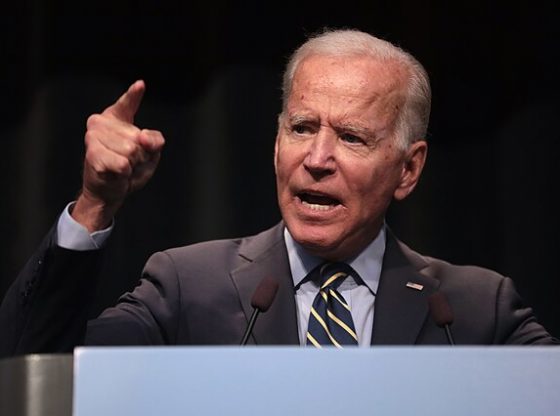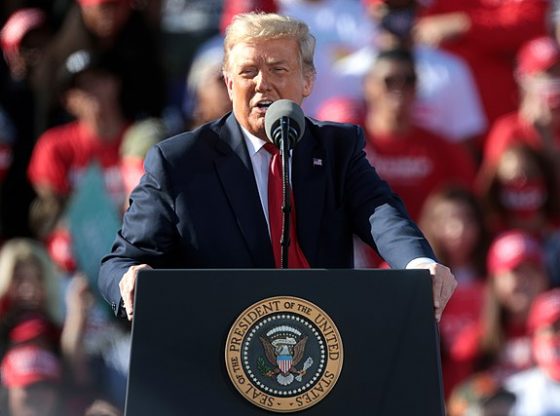The Department of Government Efficiency held marathon meetings with employees of the National Institutes of Health Sunday in order to gather information about further potential cuts to the institutes, according to a source familiar.
The meetings continued Monday.
In addition, probationary employees across several health agencies — employees that have not yet occupied their roles for a one to three year probationary period — have been terminated in recent days, exempting people in critical roles. Even after the firing of probationary employees and the voluntary buyouts, HHS agencies have more full time employees than in the fiscal year before the outbreak of COVID-19, Health and Human Services Department Communications Director Andrew Nixon said: FDA has 1,979 more full time employees; NIH still has 1,312 more full time employees; and CDC still has 1,224 more full time employees than in the pre-pandemic years.
DOGE, spearheaded by tech entrepreneur and special government employee Elon Musk, has implemented dramatic cuts to federal spending across government agencies.
Increases in the NIH budget have typically been supported by both parties on Capitol Hill. Powerful stakeholders such as universities, which absorb a proportion of NIH grants, and the pharmaceutical industry, which benefits from NIH-backed basic research, lobby on the appropriations bills that determine NIH funding.
But the COVID-19 pandemic spotlighted NIH’s role in funding high-risk gain-of-function research — research that enhances the deadliness or contagiousness of a pathogen — and the potential role of such research in COVID-19. Congressional investigators have uncovered regulatory lapses at NIH that allowed high-risk coronavirus virology to be exported to the Wuhan Institute of Virology. Musk himself has publicly criticized EcoHealth Alliance, an NIH contractor on these coronavirus research projects in Wuhan.
Despite the scandal, NIH’s budget has grown from $39 billion in 2019 to $50 billion in 2025, a slight uptick after adjusting for inflation.
Two NIH Insiders Depart
The prospect of further layoffs at NIH follows the news of two high-profile departures from the institutes.
The retirement of 73-year-old former Acting Director Lawrence Tabak was announced to NIH staff on Feb. 12, according to press reports. On Feb 13., NIH Acting Director Matthew Memoli announced that Deputy Director of the National Institutes of Health’s Extramural Research Michael Lauer would also be retiring.
Though largely unreported in the legacy press, both Tabak and Lauer had for years played central roles in behind-the-scenes discussions about the connection between NIH and the Wuhan Institute of Virology.
Tabak was privy to private discussions among NIH leaders in 2020 about how to manage public discussion of the lab in Wuhan with NIH ties, emails obtained through congressional investigations and the Freedom of Information Act show.
Tabak participated in a teleconference on Feb. 1, 2020, with then-NIH Director Francis Collins, then-National Institute for Allergy and Infectious Diseases Director Anthony Fauci and virologists who would help stigmatize discussion of the so-called “lab leak theory” in the press.
“Wondering if there is something NIH can do to help put down this very destructive conspiracy,” Collins wrote in relation to the lab leak theory on April 16, 2020. Tabak was copied on the email.
Republicans won a majority in the House of Representatives in November 2022, giving lawmakers the gavel at committees with oversight of NIH. But Fauci announced his retirement in December 2022. Collins had stepped down as NIH director by December 2021.
Tabak was left to testify under oath before Congress about the gain-of-function research policies championed by Fauci and Collins.
🚨The National Institutes of Health admits to funding gain-of-function research in Wuhan, China🚨
@RepDLesko: “Did NIH fund gain-of-function research at the Wuhan Institute of Virology through EcoHealth?”
Dr. Tabak: “If you’re speaking about the generic term, yes, we did” pic.twitter.com/CnbFx2TUzQ
— Select Subcommittee on the Coronavirus Pandemic (@COVIDSelect) May 16, 2024
Lauer, meanwhile, led an ultimately unsuccessful investigation into EcoHealth Alliance and the Wuhan Institute of Virology within NIH. The investigation was initiated in April 2020 at the request of White House Chief of Staff Mark Meadows — months after the research had first caught the attention of NIH insiders like Tabak.
Letters from Lauer sought information about the coronavirus work underway at the Wuhan Institute of Virology, seeking genomic data, and lab notebooks as a prerequisite for reinstating activities funded by one of EcoHealth’s NIAID grants.
EcoHealth Alliance President Peter Daszak was not able to provide the information.
Lauer was asked by congressional investigators whether he had seen any similar situations with a grantee or subgrantee refusing to turn over lab notebooks.
“Yes, I have seen that,” he replied. “I’ve seen that in scientific misconduct investigations, where laboratory notebooks or other original files are requested and the parties concerned will state that they lost them, they don’t have them.”
Still, EcoHealth’s NIAID grant was reinstated by April 2023.
“We determined at the time we could not resolve the WIV record problem,” Lauer told congressional investigators.
Congressional investigators uncovered that Daszak did not forcefully press his colleagues in Wuhan for the information sought by Lauer, instead simply forwarding an email to the subcontracted lab.
Prompted by the findings uncovered by the congressional investigation, the Department of Health and Human Services debarred the organization on Jan. 17, 2025. In its action referral memorandum, HHS said that EcoHealth only recognized the seriousness of the issue when the debarment proceedings were initiated in May 2024.
“EHA only appeared to recognize the seriousness of HHS’ and the NIH’s concerns upon being suspended and proposed for debarment in May 2024, despite the numerous written letters and emails from NIH to EHA documenting concerns going back several years,” the memo read.
Tabak and Lauer did not respond to requests for comment.
Biodefense Boondoggle
In addition to the major changes within NIH’s offices in Bethesda, Maryland, NIH has also implemented a slash to NIH “indirects,” the proportion of extramural NIH grants available for overhead at universities, hospitals, and research laboratories.
Congressional Democrats and even some Republican lawmakers have said that a cap on so-called “indirects” at the 15 percent rate implemented by NIH could have negative ramifications for hiring and firing at health and science institutions.
Last year, $9B of the $35B that the National Institutes of Health (NIH) granted for research was used for administrative overhead, what is known as “indirect costs.” Today, NIH lowered the maximum indirect cost rate research institutions can charge the government to 15%, above… pic.twitter.com/FSUYpEGKsr
— NIH (@NIH) February 7, 2025
Meanwhile, independent government watchdogs at the Government Accountability Office have repeatedly flagged inadequate oversight of these funds.
NIH funding roughly doubled from 1998 to 2003, according to the Congressional Research Service.
The surge coincided with an increased focus on biodefense research after the 9/11 anthrax attacks. In the Bush administration’s budget request in 2003, biodefense funding outpaced funding for breast cancer, lung cancer, stroke and tuberculosis, according to a contemporaneous press report.
Some scientists today argue that certain biodefense work could resemble bioweapons generation in the viewpoint of adversarial countries. Yet since that early biodefense boom, the U.S. has never conducted a comprehensive analysis of whether the number of high security labs in the U.S. meets or exceeds need, and whether the risks of the research might outweigh the benefits, according to the GAO.
Featured Image Credit: Duane Lempke


